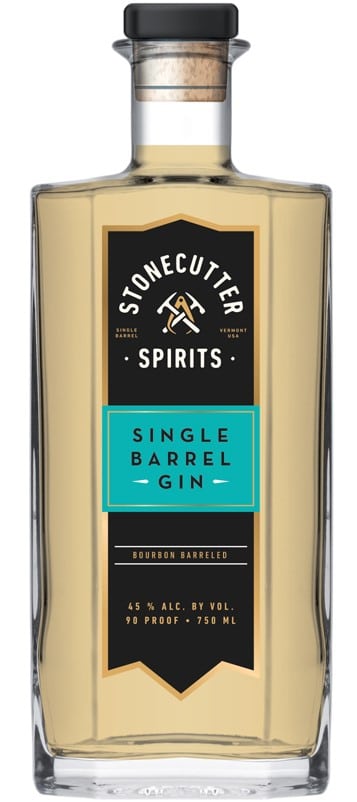Review: Maker's 46
Bottled purchased by EZdrinking.
Owned by Beam Suntory, Maker's 46 Kentucky Bourbon Whisky Barrel Finished with Oak Staves is distilled at the Maker's Mark Distillery in Loretto, KY, and bottled at 47% ABV.
Price: $27-$40
Launched in July 2010, Maker's 46 was the first regularly produced variation of Maker's Mark Bourbon in 52 years. The original Maker's Mark was sold for the first time in 1958 and was the creation of Bill and Margie Samuels. Maker's Mark is reported to have a mash bill of 70% corn, 16% Red Winter Wheat, 14% Barley and aged about six years. Maker's 46 takes mature casks of Maker's Mark, empties them out adds in 10 "seared" French oak staves, refills the barrels with the mature bourbon and lets them rest for another ten weeks or so. Neither Beam Suntory or Maker's Mark really explains what seared oak staves means but I'm guessing that the staves are heated somewhere between toasted and charred. As for the name, when Samuels was working on the formula for this iteration of Maker's, he did a quite a few test batches and apparently number 46 was the winner, hence Maker's 46.
Like Maker's Mark, Maker's 46 is one of a small handful of American Whiskeys that spells whisky without an 'e' on its label. If you'd like to know the significance of spelling whiskey with or without an 'e,' the short answer is just convention but if you'd like the long answer, check out my series Whiskey vs. Whisky. Maker's 46 also shares the same iconic Maker's Mark stamp and dipped wax bottle neck. According to the Samuels' family, Margie came up with the idea for both of these elements. The stamp which has a image of a star refers to Star Hill Farm where the distillery is locate, the "S" stands for Samuels and "IV" symbolizes that Bill Samuels Sr. was a fourth generation distiller.
Lastly, Maker's 46 was one of nine bourbons I selected in a blind tasting of bourbons less than $50. You can read how it did here.
Tasting Notes
Nose: The nose is very nice. At 47% ABV the alcohol is clearly present and carries strong notes of vanilla and oak with lighter sweet aromas of caramel and burnt wood with a hint of grain or baked bread in the background. As the whiskey sits in the glass, the nose opens up with notes of oily tobacco, cedar and clove. With water more aromas of green oak open up.
Palate: At first sip my reaction was "wow it is hot". To my taste this whisky is very astringent and taste like green wood. With water the astringency lightens up a bit but doesn't go away. However, more flavors of cinnamon and clove come forward with a very light sweetness.
Finish: Neat, the finish has notes of tobacco, leather, corn and oak with the faintest hint of caramel. The finish is intense and bitter. With a little water the finish softens and some sweetness hangs on to the tip of the tongue.
Conclusion: Maker's 46 is not for me. I don't like the regular Maker's Mark so it's no surprise to me that adding more wood would not make my experience of it better. That being said, of you like Maker's Mark and you like extra aged bourbon with mower oak character at a higher proof they this might appeal to you. Also, I could see Maker's 46 working well mixed with soda or cola. The intensity of the spirit would probably stand up well to the dilution and some added sugar.

